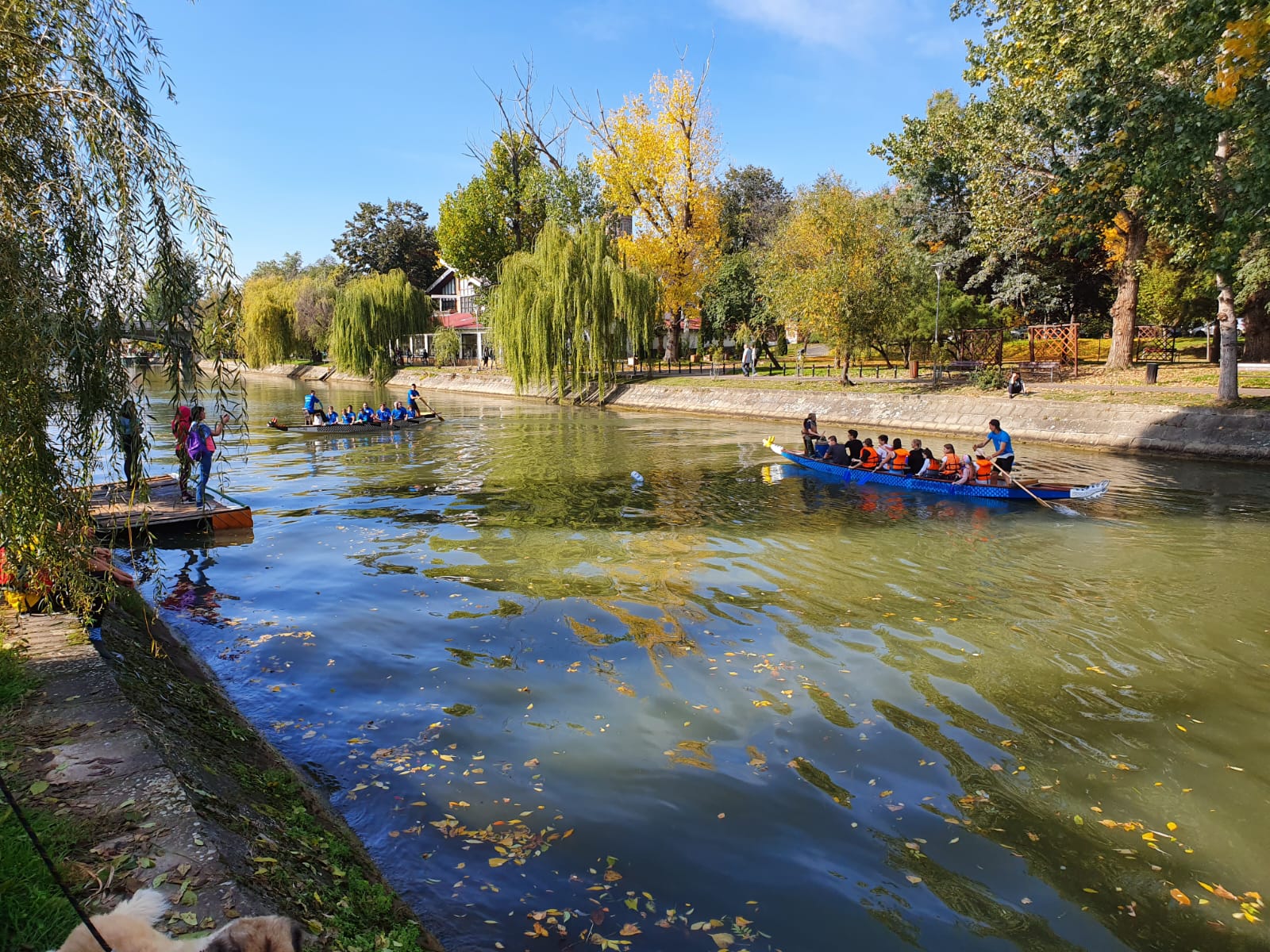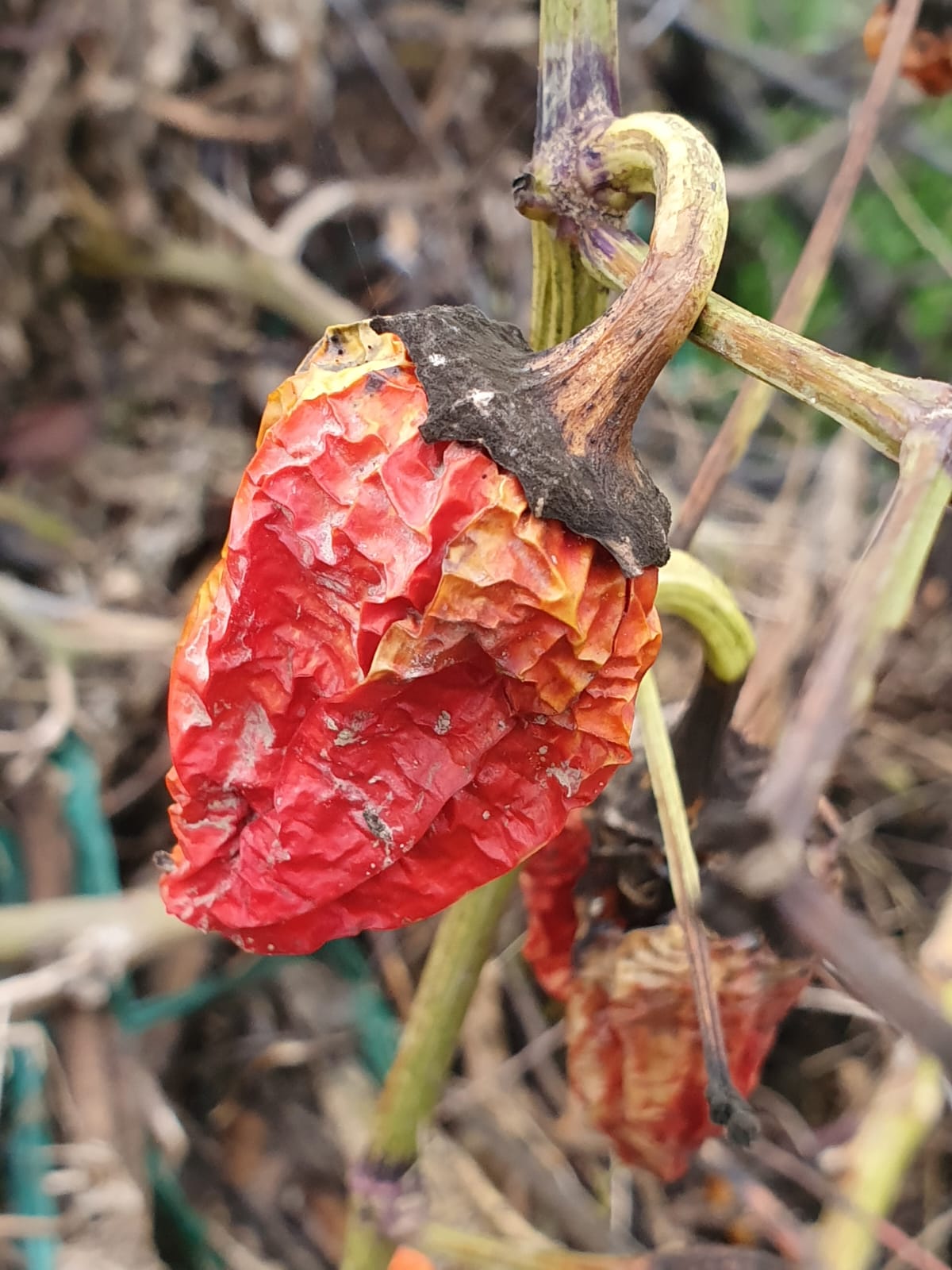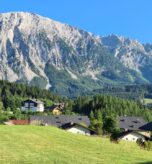Nitrates: a good or bad chemical component?
We try to raise Awareness of people’s health risks and environmental topics. Whenever we talk about chemicals, we need balance. What is good could be too much and harmful, depending on which aspect we are interested in. Nitrates, or NO₃⁻ ions, are a fundamental component of the nitrogen cycle, naturally occurring in soil and water. They support plant growth and are commonly applied in modern agriculture in the form of synthetic fertilizers. In industrial contexts, they are found in explosives and processed foods, particularly cured meats. Despite their usefulness, the unregulated accumulation of nitrates, particularly from human activity, presents one of the most pervasive and silent environmental threats in Europe and beyond.
Nitrates Contamination
These compounds reach food and water systems through multiple pathways. The most common one involves intensive farming practices. When fertilizers are applied in quantities that exceed the plant’s intake capacity, the excess nitrates leach through the soil into groundwater or contaminate surface waters. The European Environment Agency reports that, as of 2022, 14% of monitoring stations across the EU measured nitrate concentrations above the legal limit of 50 mg/L. The countries: Malta, Spain, and Belgium recorded some of the highest violations, with over 20%, and in some cases up to 66%, of sampling stations exceeding the limit. These figures not only reflect environmental deterioration, but also show the flaws of the current legislative system.

Where can they be found?
Another concerning form of nitrate intake is nutrition. Leafy green vegetables such as spinach, lettuce, and beetroot naturally absorb nitrates from the soil. Their levels are generally considered safe due to strict food regulations. However, in processed meats like ham, sausages, and bacon, nitrates and nitrites are deliberately added as preservatives. While these uses are closely monitored, the accumulated consumption, especially when accompanied by contaminated water sources, can increase health risks.
Generating Health risks
In the human organism, small amounts of nitrate can be naturally eliminated harmlessly. However, when high concentrations enter the body, they can convert into nitrites and then form nitrosamines, compounds linked to gastric and esophageal cancers. Infants are particularly at risk. In cases of nitrate-contaminated drinking water, babies can develop methemoglobinemia, or “blue baby syndrome,” where oxygen delivery is weakened due to altered hemoglobin. Nitrate exposure has also been proven to be a cause of thyroid dysfunction and reproductive disorders.
Nitrates’ Effect on the Environment
The environment is also forced to pay the price. When nitrates accumulate in lakes, rivers, and coastal zones, they drive eutrophication: a runaway growth of algae that suffocates aquatic ecosystems by consuming dissolved oxygen. This phenomenon is not theoretical. Current EU data reveals that only 39.5% of surface water bodies are in good ecological condition, and only 26.8% meet chemical standards. This is highly harmful to the fauna and flora. Eutrophication greatly complicates survival for fish, invertebrates, and particular plant species, due to the low oxygen, algae-dominated environment it creates. Overall, the figures show how nitrate pollution degrades biodiversity across Europe.
Situation in Romania
The situation is especially critical in Romania, where nitrate pollution has reached concerning levels in southern agricultural regions and the Danube floodplain. A detailed assessment of the Oltenia Plain (Environmental assessment of agricultural activities and groundwater nitrate pollution susceptibility: a regional case study (Southwestern Romania) revealed that 85% of the territory is highly vulnerable to nitrate contamination. This is due to soil permeability and intensive cereal cultivation and livestock farming predominance. Compounding the issue, 70 to 80% of the Danube’s floodplain in Romania remains disconnected from the river, eliminating vital opportunities for natural nitrate filtration and denitrification. In recent years, Romania has leveraged over €110 million in EU and World Bank funding to construct manure treatment platforms, improve nutrient budgeting, and support sustainable farming. These interventions have resulted in nitrate discharge reductions of around 10% in over 60% of target areas. Still, with limited wastewater infrastructure and accelerating desertification in areas like Oltenia, nitrate mitigation remains a demanding battle.
“The environment is where we all meet; where we all have a mutual interest; it is the one thing all of us share.”
— Lady Bird Johnson, Former First Lady of the United States and environmental advocate
How EU regulations respond to this risk?
The European Union has responded with a series of legislative tools, starting with the Nitrates Directive, which requires Member States to identify Nitrate Vulnerable Zones and implement targeted action programs. Additional directives such as the Groundwater Directive and the Drinking Water Directive reinforce this framework by capping nitrate concentrations at 50 mg/L for human consumption and groundwater protection. Meanwhile, the Water Framework Directive set a long-term goal: to bring all water bodies to “good status” by 2027. Yet the latest monitoring data suggests that Europe remains far from this goal. NVZ coverage is often not accurate with the actual contamination zones information, and enforcement varies significantly between member states.
What can businesses do about it?
Regarding this issue, businesses and farmers play an essential role in reversing the trend. Precision agriculture technologies, such as GPS-guided fertilizer application and soil nutrient sensors, can dramatically reduce excess use. Cover crops like rye or clover absorb residual soil nitrates during off-seasons, while riparian buffer strips intercept runoff before it reaches waterways. In industrial settings, advanced wastewater treatment systems, especially those that incorporate biological denitrification, can significantly lower nitrate emissions. These measures not only diminish environmental harm but also support adherence to EU law, improve soil health, and protect drinking water sources.


By far, nitrates represent an ongoing paradox: necessary to agriculture, but dangerous in excess. Their presence in our water and food is not accidental, but systemic, reflecting the dependence on chemical usage that the modern food production industries suffer from. With over 14% of EU groundwater stations exceeding safe nitrate levels, and fewer than 40% of surface waters meeting ecological standards, the threat is real and measurable. Romania’s experience shows both the scale of the problem and the potential for progress when financial support, regulation, and local action align. But lasting change will require more than compliance; it calls for a new vision of land administration, one where economic productivity coexists with environmental integrity.






